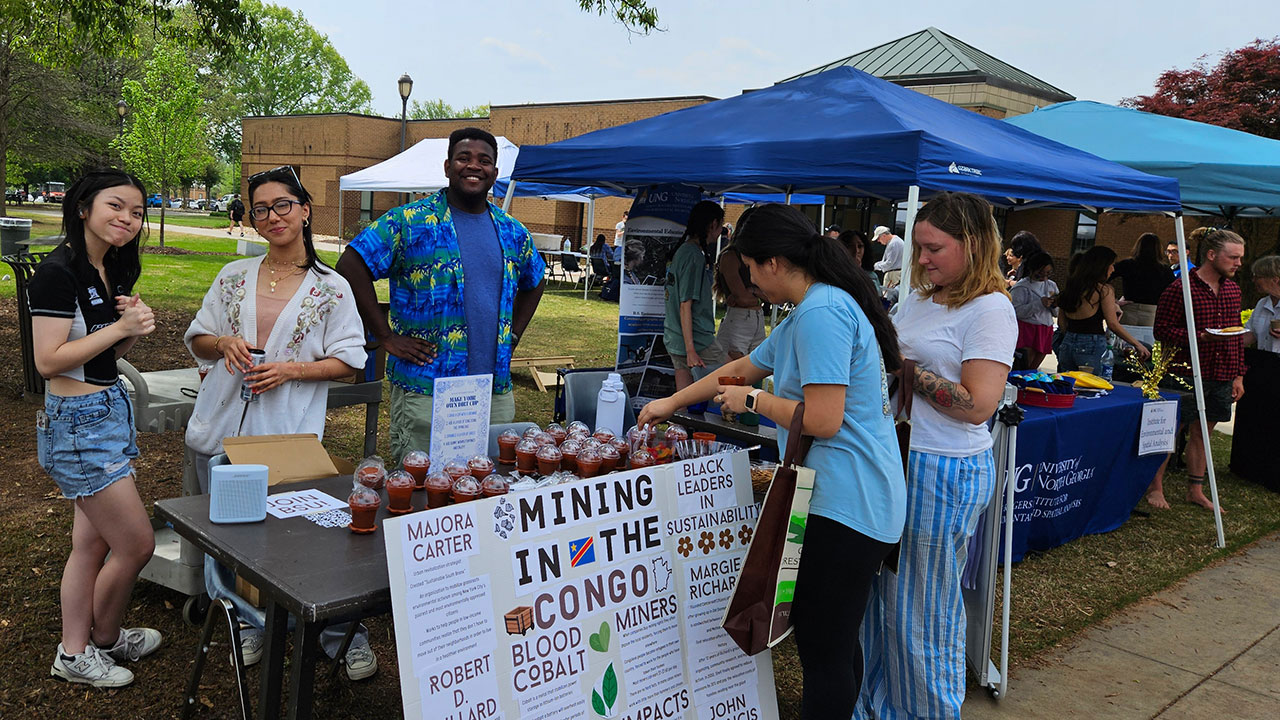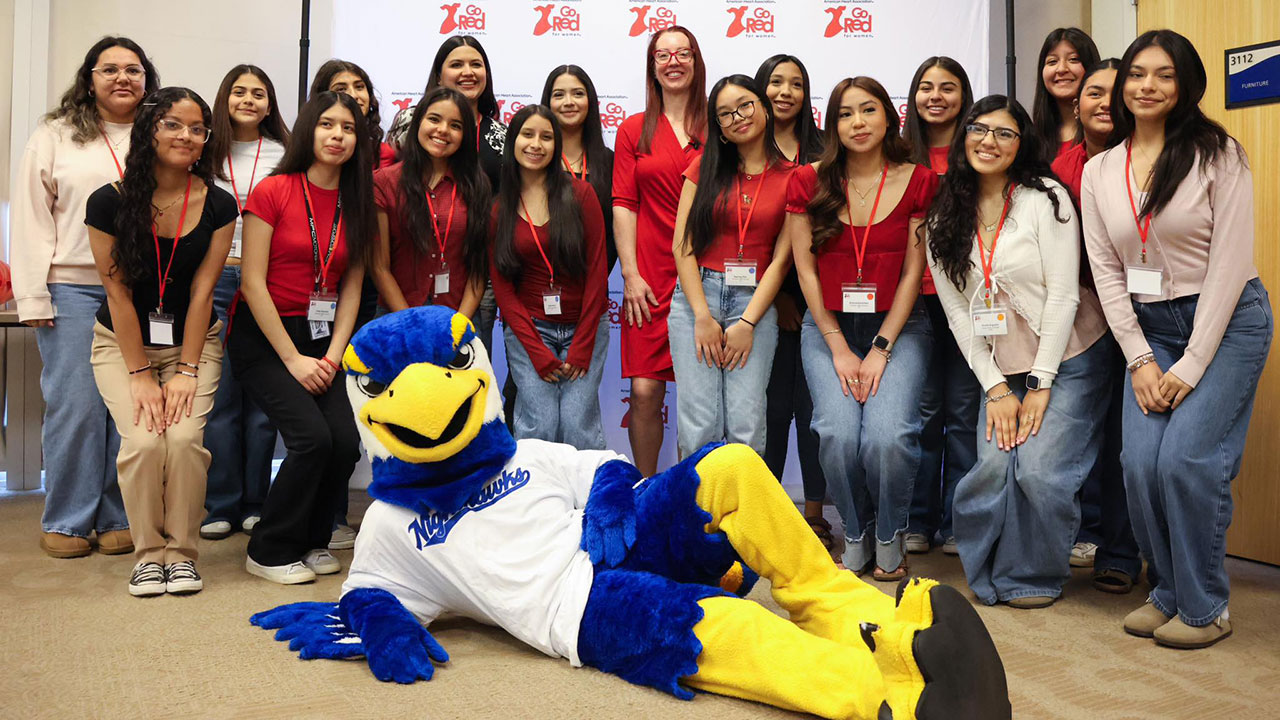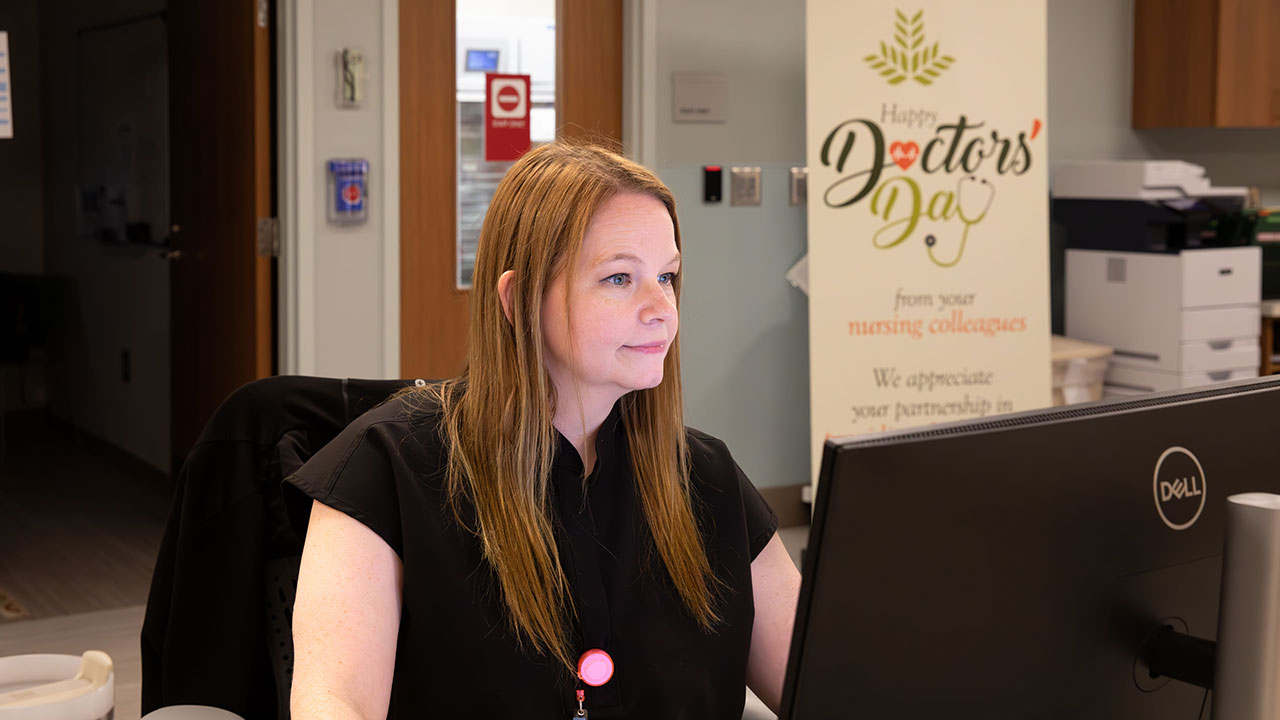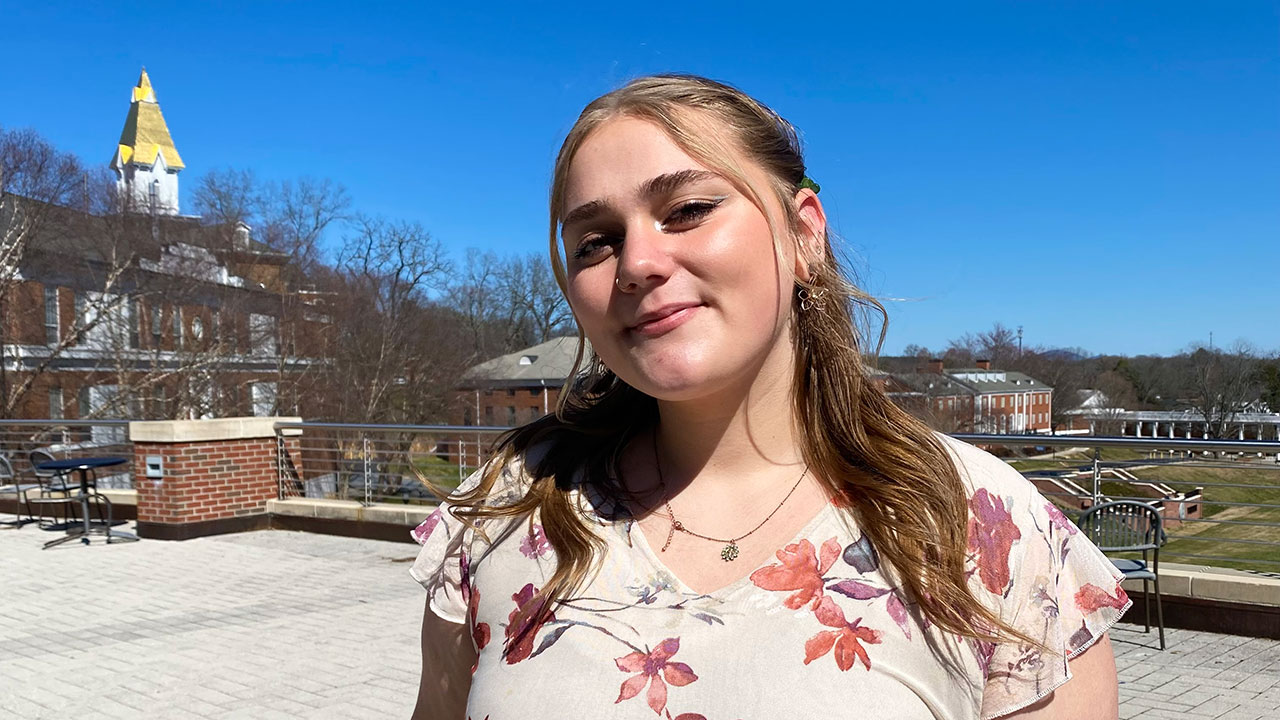Study-abroad trip broadens nursing students' view of health care in the world

Article By: Staff
To some, University of North Georgia (UNG) graduate student Erin Turner is a medical mission trip veteran.
The nurse practitioner student has been overseas twice with UNG – once as an undergraduate and once as a grad student – to treat a range of ailing patients. She knows to expect the unexpected.
"The most exciting and most terrifying part is you never know what's going to walk through the door," Turner said.
That sentiment remained true for her and 24 other graduate and undergraduate UNG students as they traveled in May to the Dominican Republic as part of an annual weeklong study-abroad medical mission trip. The students and five UNG nursing faculty members – Nina Myer, Heather Harris, Dawn Parker, Dr. Elaine Taylor and Dr. Sharon Chalmers – unexpectedly met a 4-year-old girl with a heart murmur.
"In the United States, something like that is fixed at birth," Turner said.
The 28-year-old Ball Ground, Georgia native explained the child had Tetralogy of Fallot, which is four heart defects. The most serious is a heart murmur caused by a hole between two chambers of the heart.
"It's something my nursing students would never see in the United States," said Heather Harris, a certified family nurse practitioner and UNG lecturer.
She had her students listen to the child's chest to hear its whooshing sound.
"It's almost like what you hear when you put a seashell up to your ear," Turner said. "It sounds like the ocean, but it's really the blood that's rushing through your ear that you hear."
Harris also pointed out the girls' clubbed fingers – growths of the skin and bone around the fingernails – and the bluish tint of her skin.
The medical professional and students came to the heart-wrenching realization – they could not help her.
"Those in the medical profession are fixers by nature," Turner said, adding if surgery had been attempted to fix the problems, the little girl was unlikely to survive much longer. "So the hardest lesson to learn is you can't fix everything."
The students and their professors, however, offered treatment that week to more than 1,100 patients and provided food to 100-120 on a daily basis, said Dr. Sharon Chalmers, a UNG professor and a certified family nurse practitioner. Most of them were sugar cane workers with ailments ranging from diabetes and high blood pressure to poor eyesight and open wounds.
The nursing students eased the suffering through a handful of medical stations at mobile clinics set up in the bateyes, or villages established by the sugar cane companies. The stations were:
- a pharmacy to distribute donated or over-the-counter medications,
- a wound care area to clean and dress wounds,
- an eyeglass station to distribute glasses that were donated by the Lions Club
- an education station for the Days for Girls program, which provides sustainable feminine hygiene solutions and health education, and
- an area for the children's dental care and women's iron level research program
McKenzie Major, a rising senior from Suwanee, Georgia, said the eyeglass station had the most visible effect on the patients.
"One woman came up and we gave her glasses," the 21-year-old said. "And her eyes opened so big. She was so surprised. You don't know how bad you can't see until you can see."
Harris, who works primary with the undergraduate students and requires them to keep a journal on the trip, said she saw the change in her students.
"One thing I tell them is that you will know the reason you were meant to be here by the end of the trip," she said. "For everybody, there is one or two patients they will connect with and realize I'm here to care for this person."
The annual trip to La Romana, the country's third-largest city, is made in partnership with Rivers of the World, a Dawsonville-based international ministry group, and is supported by UNG's Center for Global Engagement.



